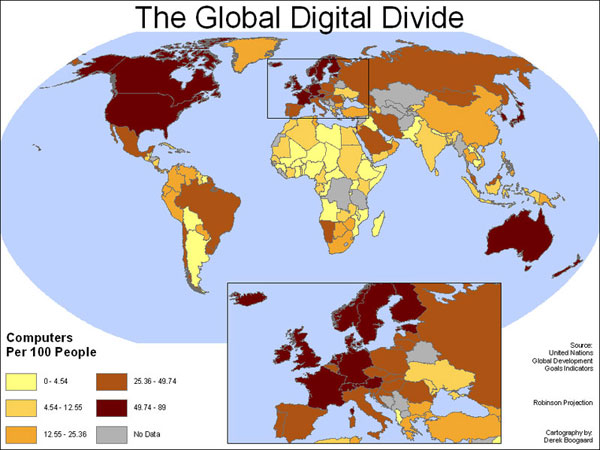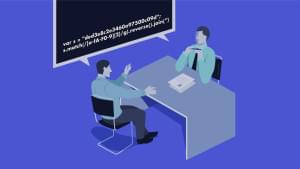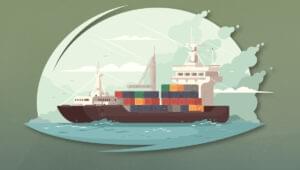 Recently, we reported that the global Internet population has exceeded 1 billion people. That’s great, but that news comes with the stark reality that access is not equal. In most Western nations and some in Asia, access penetration ranges above 70% and up to over 90%. In other areas — such as rural China and Africa, the percentage of the population that can get online falls to single digits.
Recently, we reported that the global Internet population has exceeded 1 billion people. That’s great, but that news comes with the stark reality that access is not equal. In most Western nations and some in Asia, access penetration ranges above 70% and up to over 90%. In other areas — such as rural China and Africa, the percentage of the population that can get online falls to single digits.
That’s called the digital divide (which more broadly refers to access to computer and information technology, but we’re more concerned with web access here). Though more and more users continue to get online, there is actually a growing divide between those who have access and those who don’t. While more middle and upper class users are getting online, those living in poverty are falling further behind.
But just making access available is only a small part of solving the problem. In the UK, for example, the Chief Executive of the Office of Communications (Ofcom) Stephen Carter mandated today that every home in Britain would be broadband-enabled by 2012. The mandate aims to lessen the digital divide, and it certainly will help in that regard, but enabling access is only part of the solution.

Of the 39% of British households that have access to broadband already, but have no connection, 84% either cannot afford it, or cannot get access due to a technical hurdle unrelated to availability, such as not having a landline installed. Further, 30% of homes in the UK have no PC, which means that in addition to the monthly cost of broadband access, there is the upfront technology cost of purchasing a web enabled device with which to get online.
Just enabling access will clearly not be enough to erase the digital divide. Service and technology prices need to come down or access needs to be subsidized for those who can’t afford it.
Another hurdle is education. “The real challenge,” Charlie Ponsonby, CEO of broadband comparison service Simplifydigital. “is skilling disadvantaged households to use the Internet.”
There are 17 million adults who have little or no experience using a PC or the Internet in the United Kingdom. “For these households the challenge is more about training them to see the benefit and use the Internet, rather than a broadband connection per se,” says Ponsonby. In order for the digital divide to truly be closed, households that have not had access will need training to be “caught up” to more affluent users for whom computer and Internet skills have become second nature.
I’ve focused mainly on the UK — which is actually one of the more connected countries in the world with 60% of the population on broadband (and close to 70% online) — only because I happened to have stats for Britain due to today’s Ofcom report. However, the ideas presented here could easily be applied to any poor population around the world.
 Josh Catone
Josh CatoneBefore joining Jilt, Josh Catone was the Executive Director of Editorial Projects at Mashable, the Lead Writer at ReadWriteWeb, Lead Blogger at SitePoint, and the Community Evangelist at DandyID. On the side, Josh enjoys managing his blog The Fluffington Post.



